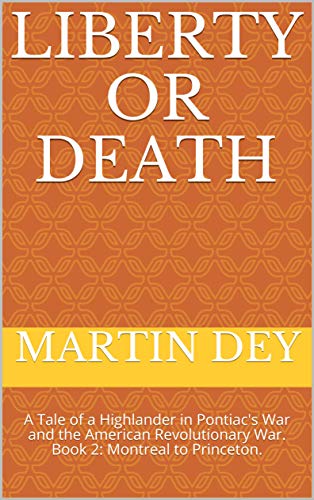

Sackett’s tenure was brief as Washington was underwhelmed with his performance. Major Benjamin Tallmadge of the 2 nd Continental Light Dragoons was then appointed as Sackett’s liaison with the Continental Army. In early 1777, Washington selected Nathaniel Sackett, a member of John Jay’s Committee for Detecting and Defeating Conspiracies, as his first chief of intelligence. The early war experiences of the Continental Army’s first reconnaissance unit – Knowlton’s Rangers – and the capture and execution of one of its wayward spies, convinced Washington he needed to create a formal and lasting intelligence operation to support his forces. That mission, as well as his front-line experience in the French and Indian War, shaped Washington for later command of the Continental Army, and his appreciation for wartime espionage operations.


The French ultimately refused to budge, but Washington returned far from empty handed, providing considerable details to his superiors about the fortifications and likely French objectives. Beyond delivering that demand, Washington was also to play the part of a spy, and gather intelligence on the French defenses as well as their intentions in the region. In 1753, Washington was a 21-year-old major in the Virginia militia, sent off on a diplomatic mission to inform French officials that forts in the Ohio Valley (now western Pennsylvania) had been built within British territory and must be relinquished. George Washington had long prized the value of intelligence.

A common language, dialect, and heritage made the two sides virtually indistinguishable throughout every corner of the colonies. From farming villages to larger cities, virtually every community was a blend of Patriots who supported the rebellion and Loyalists who remained faithful to the British Crown. Early America was fertile ground for espionage.


 0 kommentar(er)
0 kommentar(er)
